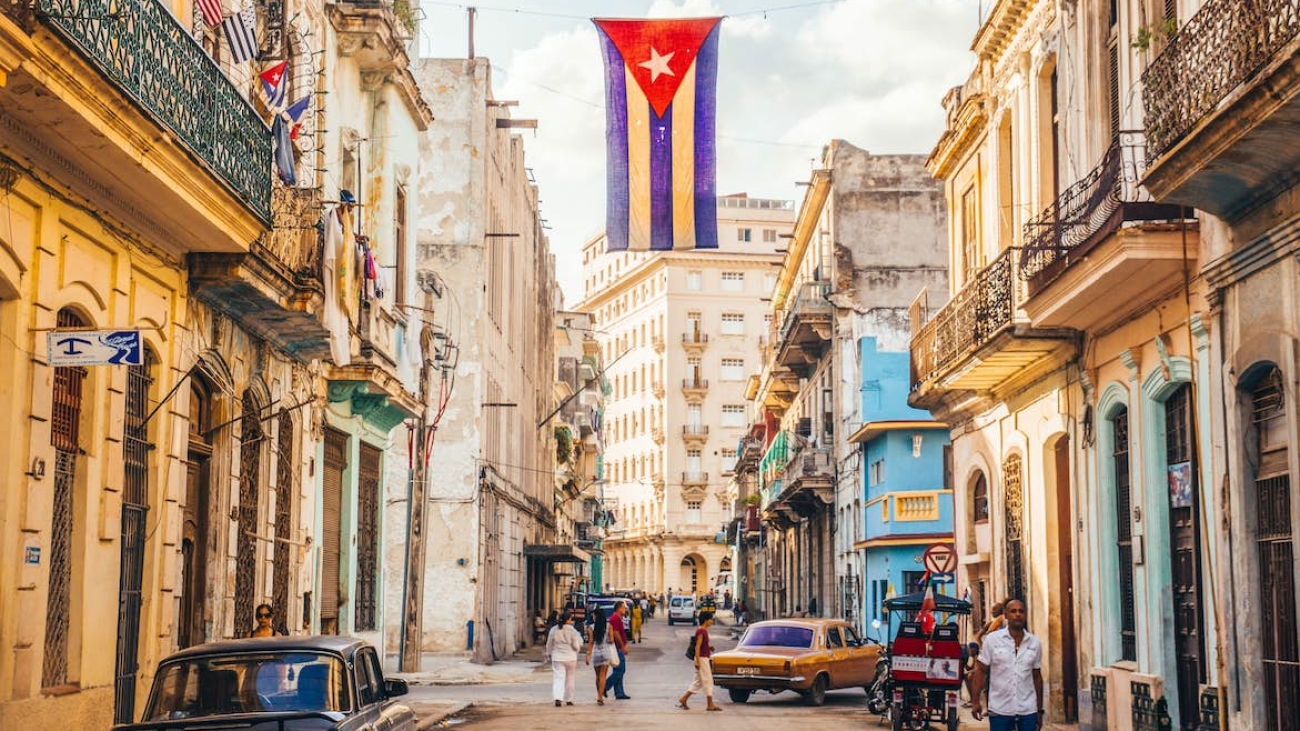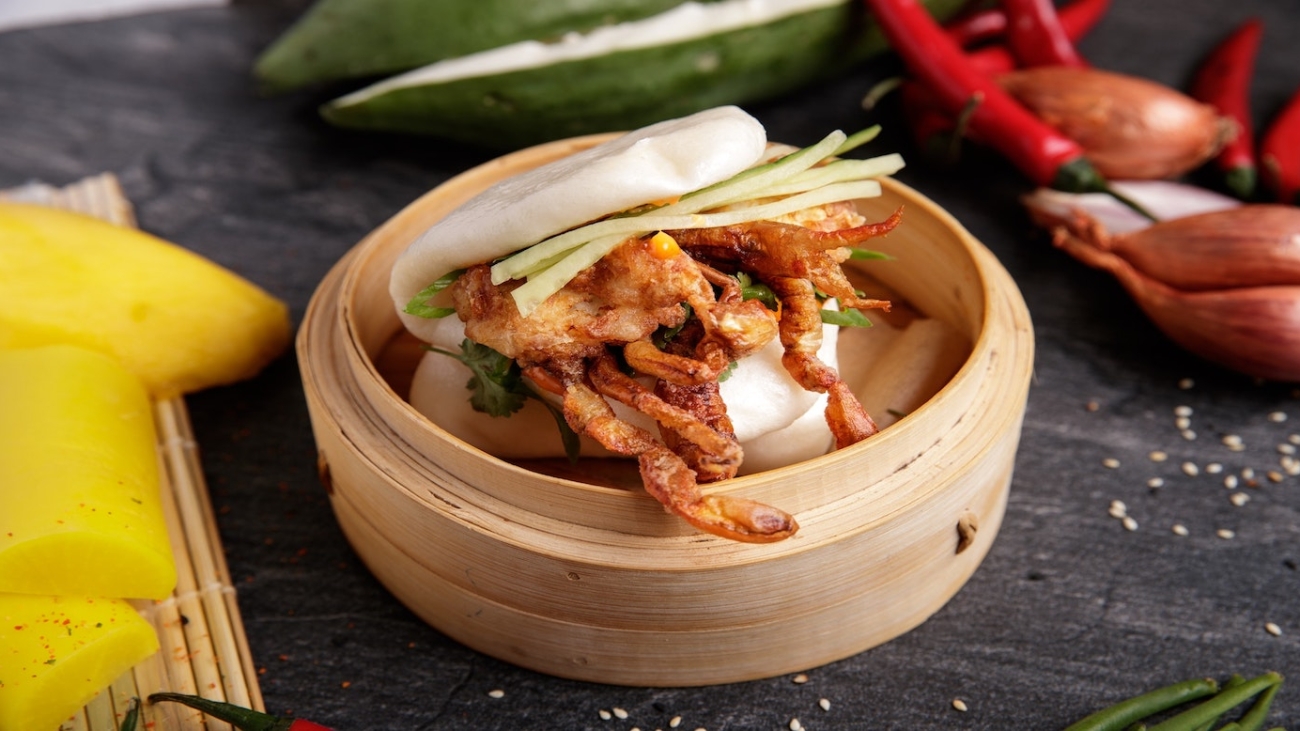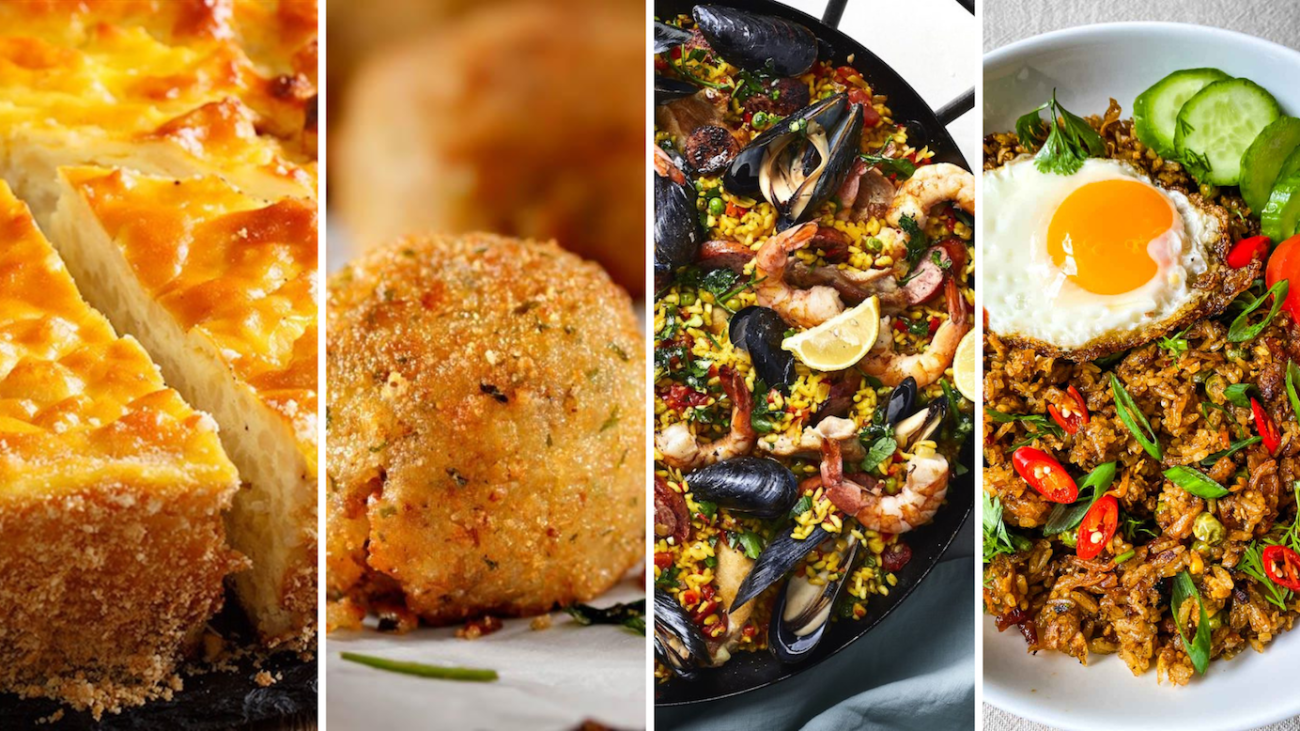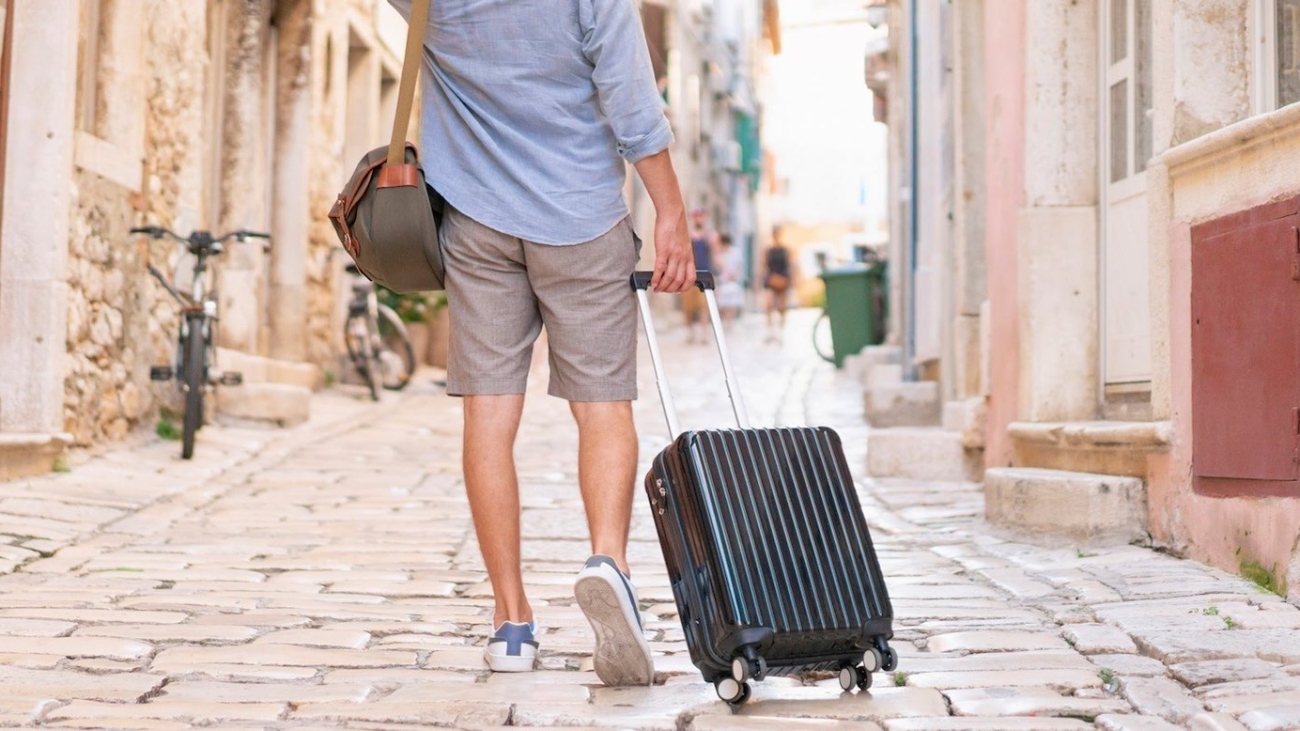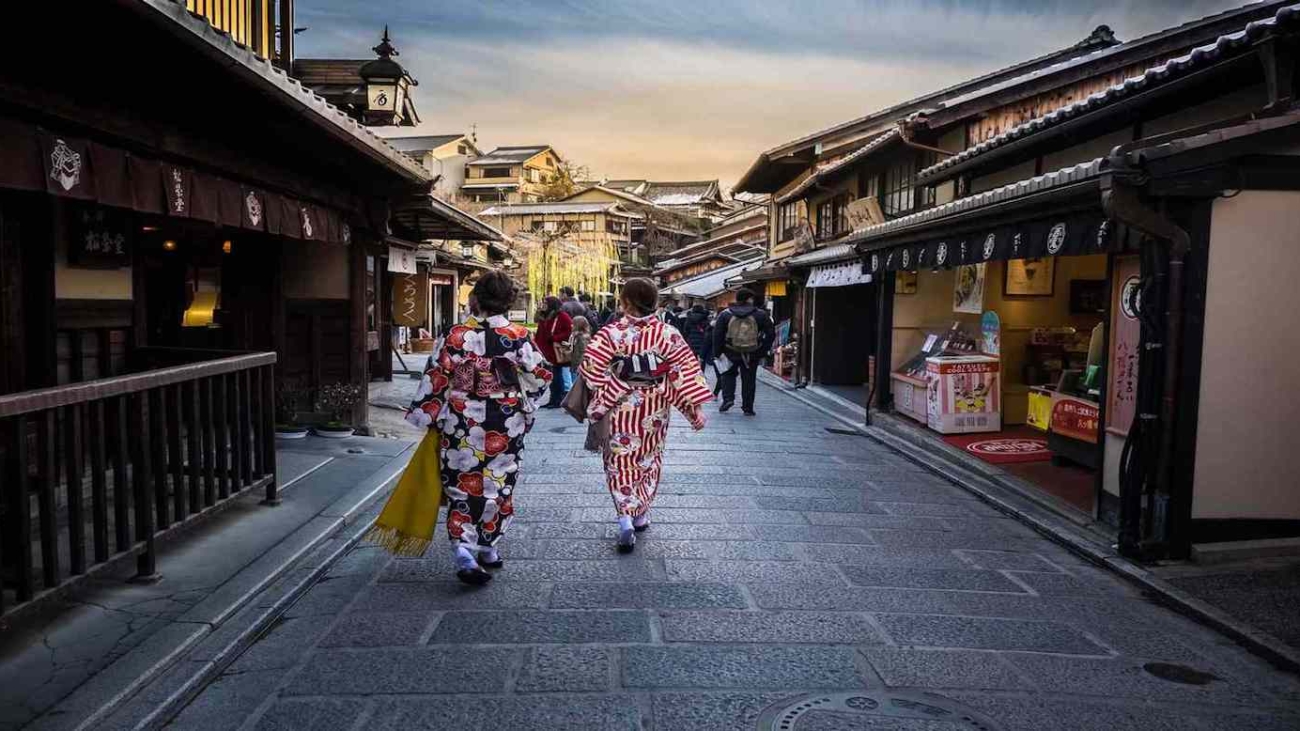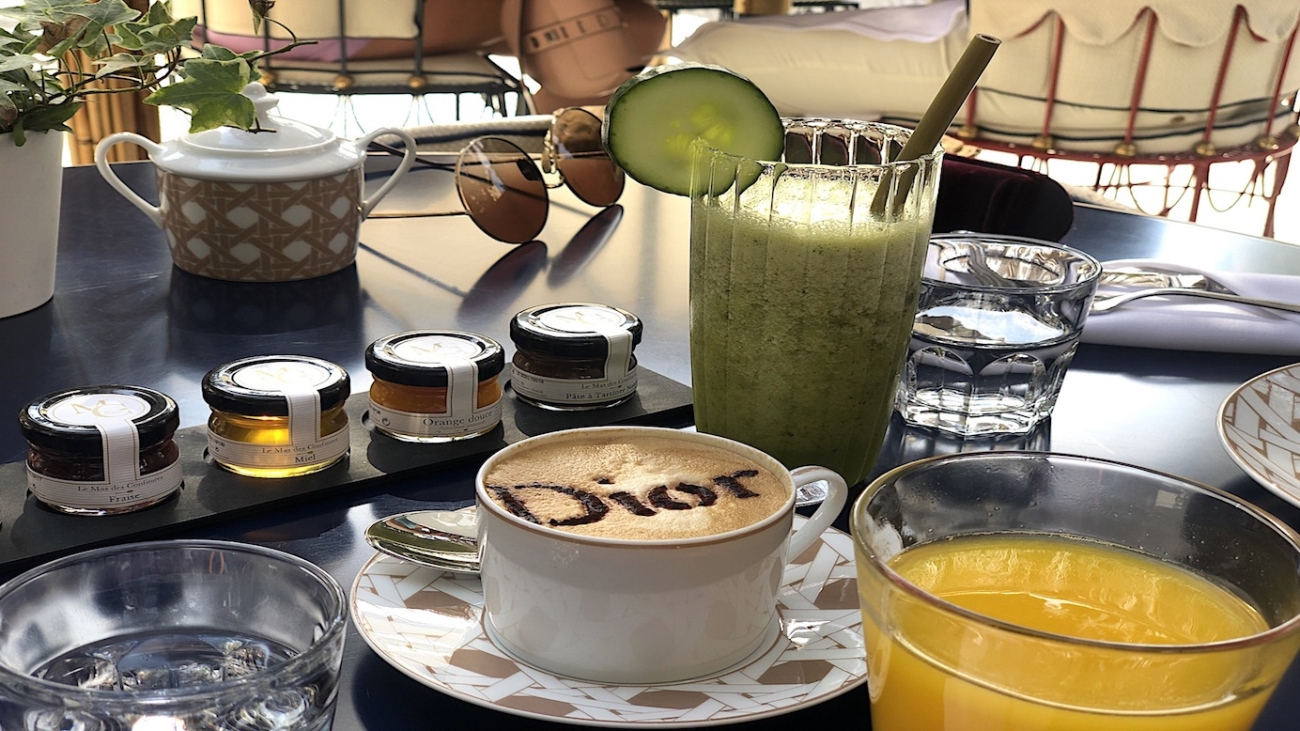Cuba is a very different destination than most of the places you’ve visited. Here are 10 suggestions for a stress-free trip to Cuba.
Top Asian fusion dishes you should try
It’s time to break out the chopsticks and dive into the Asian fusion flavors. You’ve probably seen the katsu chicken burgers that have been trending on social media.
7 Traditional rice dishes from around the world
Rice dishes are simple to prepare, versatile, and come in a variety of colors. Simple rice recipes from around the world will add flavor to any menu.
Tested & Reviewed: The 5 best Samsonite luggage pieces of 2023
We put 15 pieces of Samsonite luggage through their paces, and these are our favorites. This is the 5 best Samsonite luggage of 2023 in our opinion.
Le Méridien New York opens the second hotel on Fifth Avenue
Le Méridien New York, Fifth Avenue invites creative travelers to reminisce on their glamorous travel days and indulge in the brand’s European spirit of savoring the good life.
Utah welcomed Le Méridien and Element to Salt Lake City
The Ritchie Group and Garn Development announce the opening of Le Méridien Salt Lake City Downtown and Element Salt Lake City Downtown.
5 microphone brands used by famous tiktoker
TikTok trends come and go at breakneck speed, but good audio will always elevate your videos. Here are 5 microphone brands used by well-known Tiktoker.
What are the top 5 cameras to purchase in 2023
Camera manufacturers have become more aggressive, and a perfect camera is now defined as having not only top-tier core specifications.
The main reason why many Japanese never leave the country
A significant proportion of Japanese respondents to a survey indicated that going abroad is not now at the top of their list of priorities for this year.
Dior opened a lavish bistro in France’s most stunning bay
The Dior has long been associated with high-end fashion. Saint-Tropez is the sea chosen by Dior’s designers for their picturesque Dior des Lices cafe.


